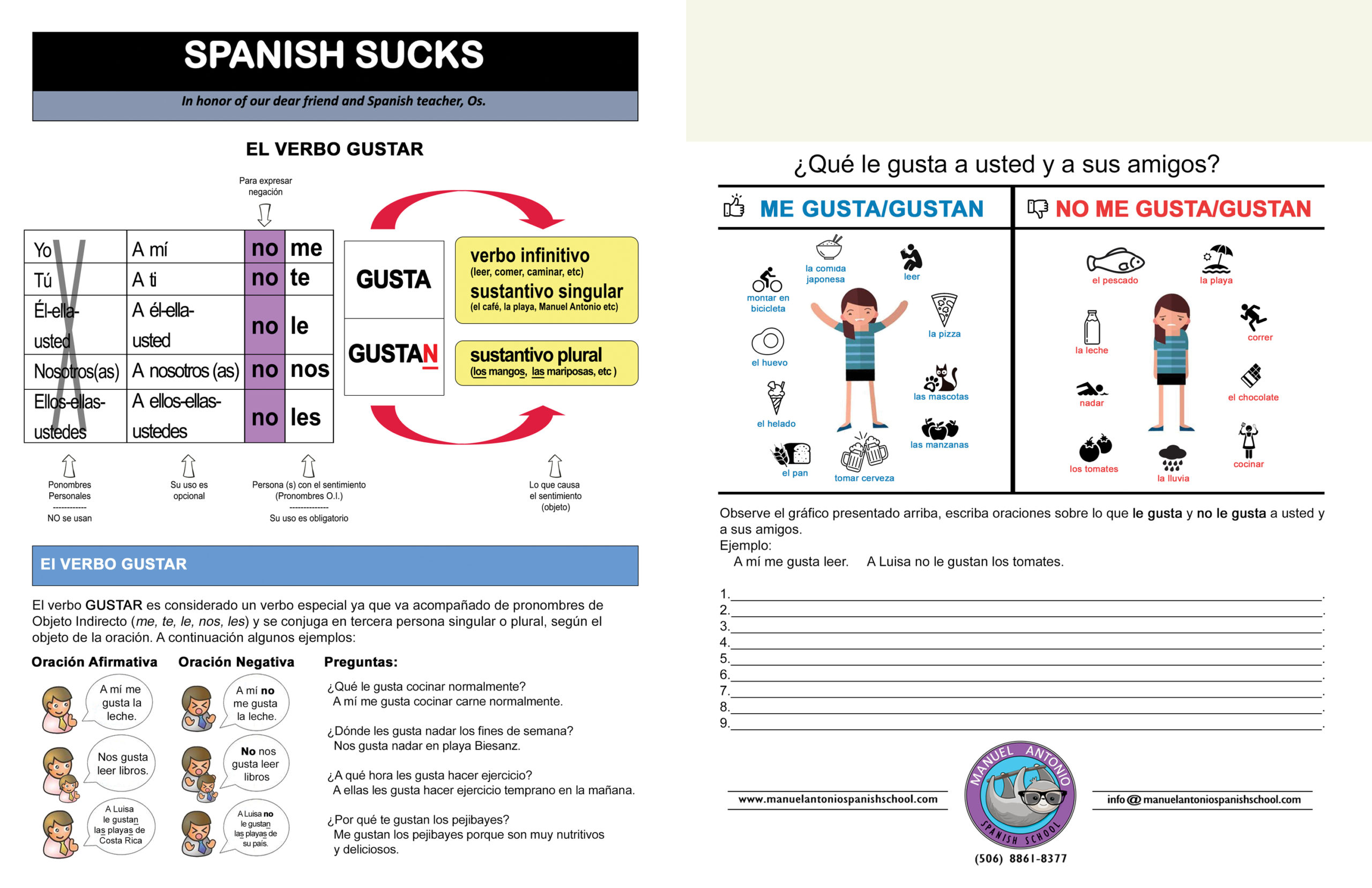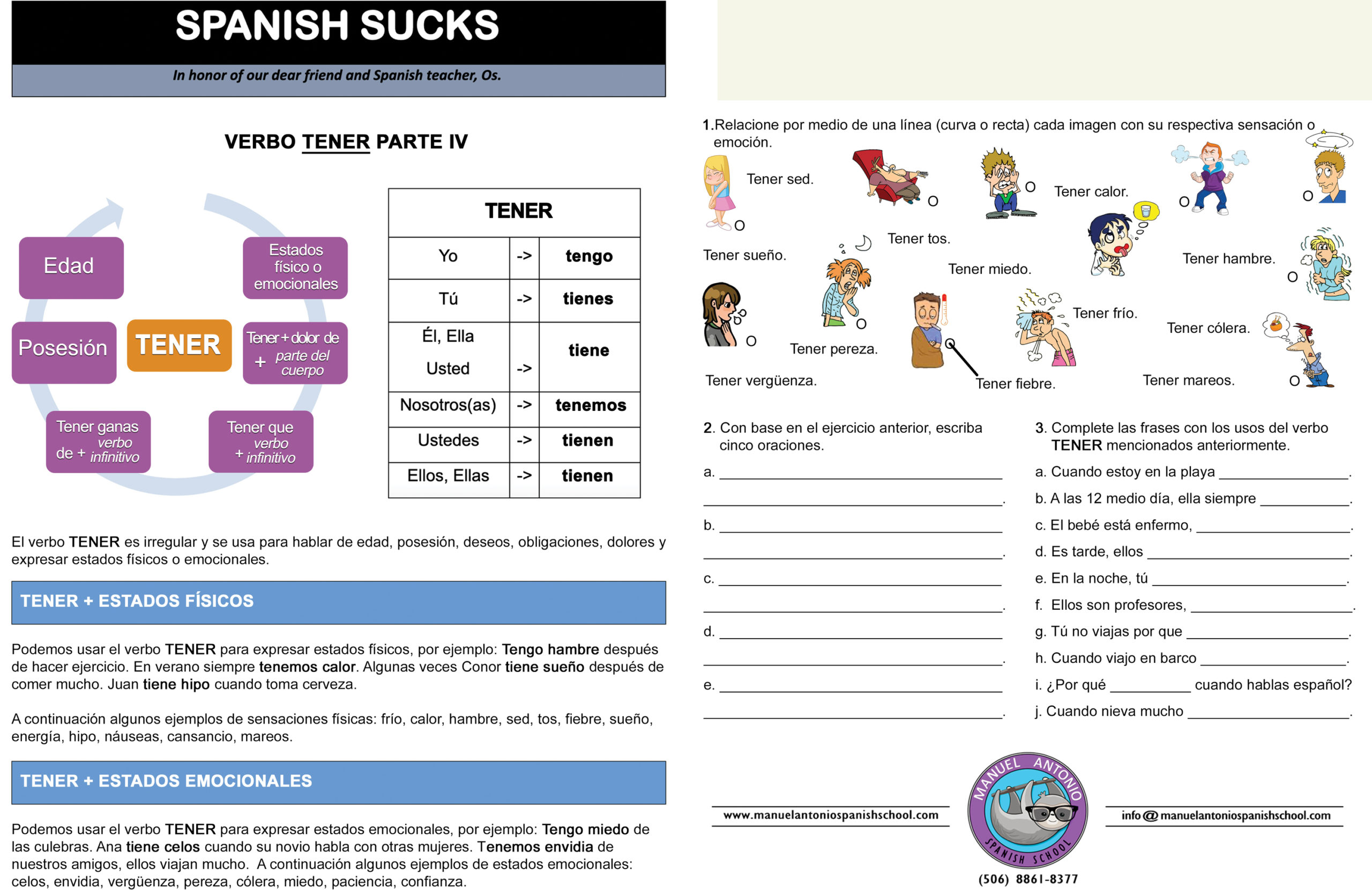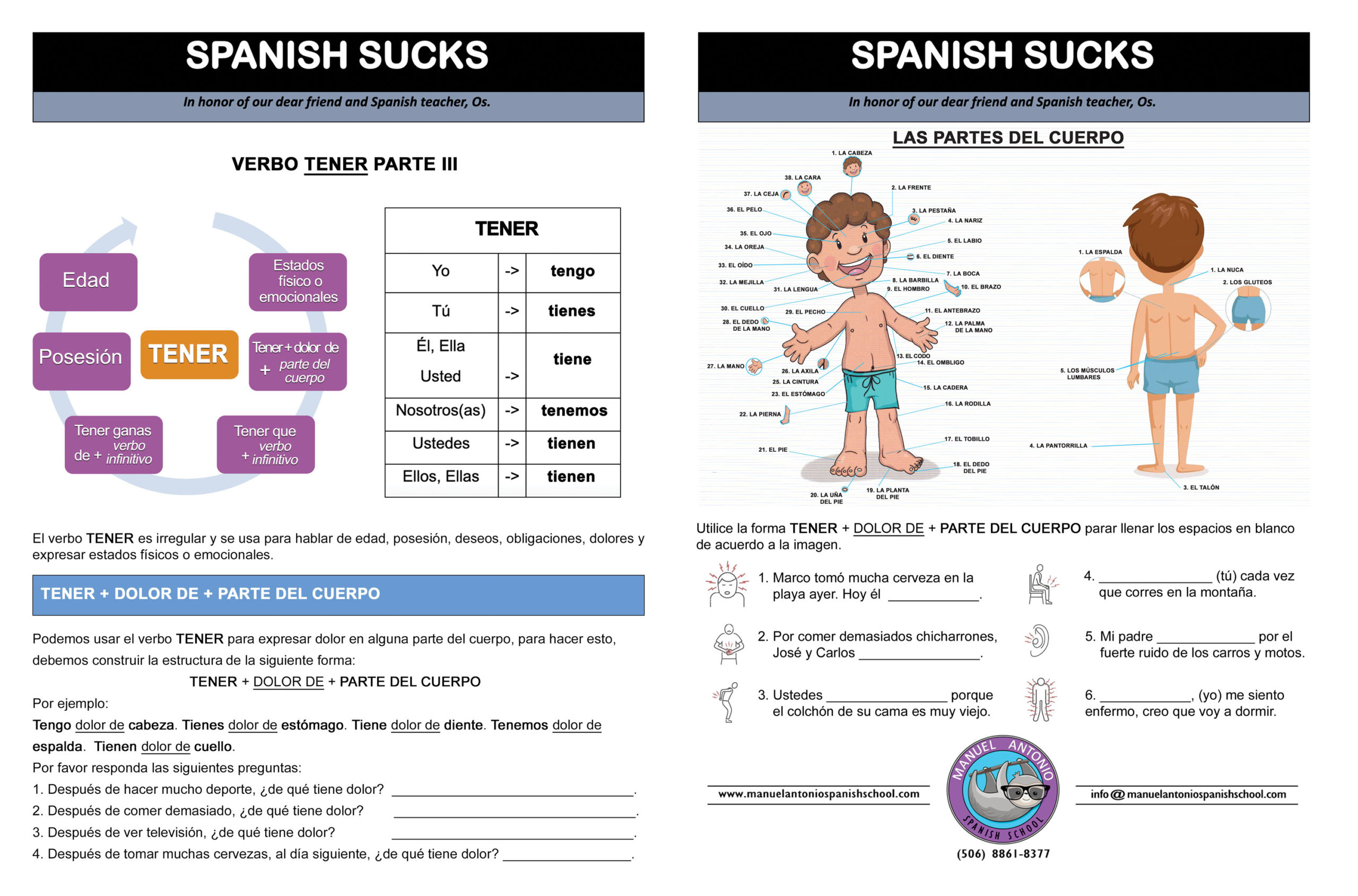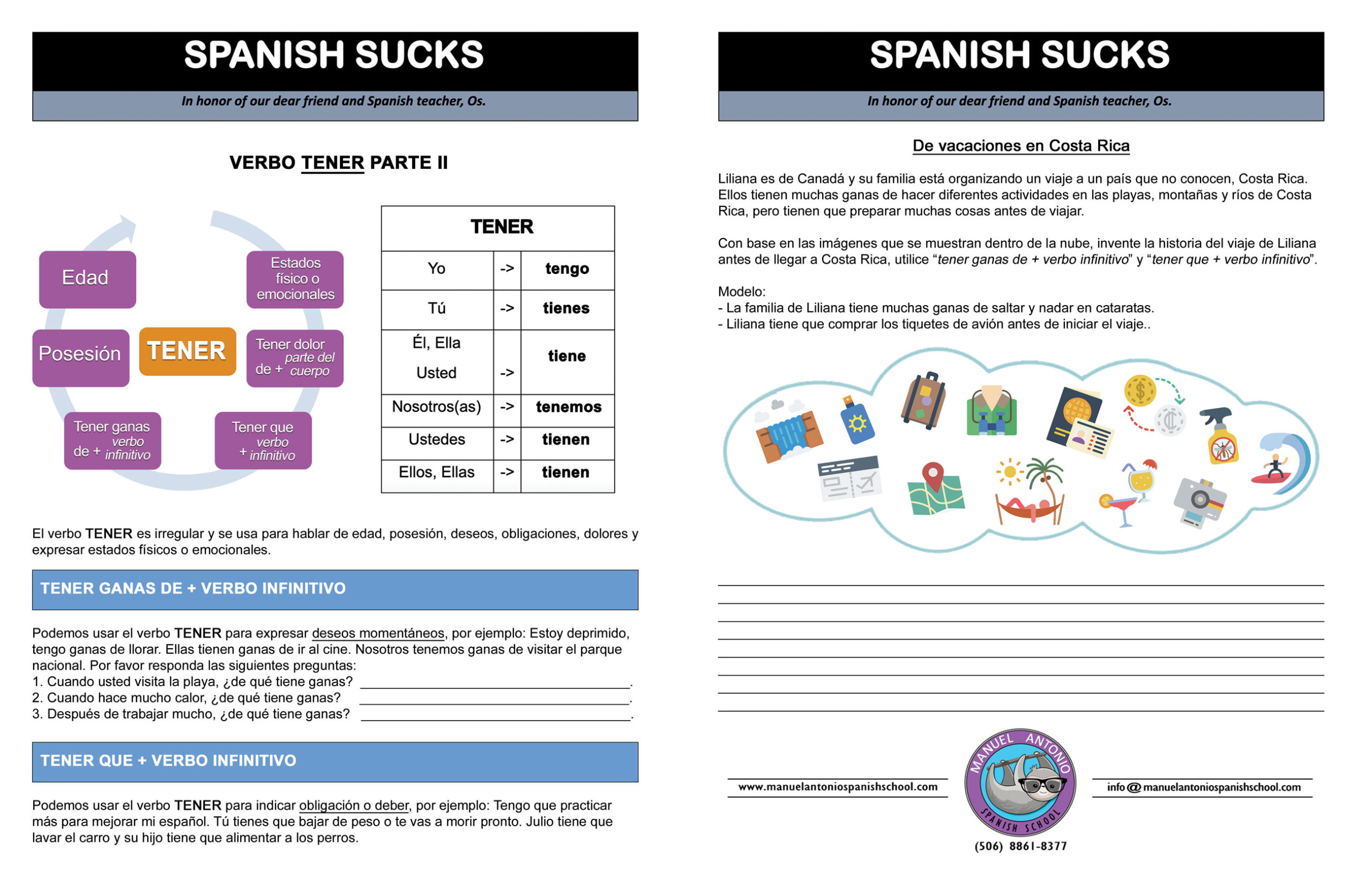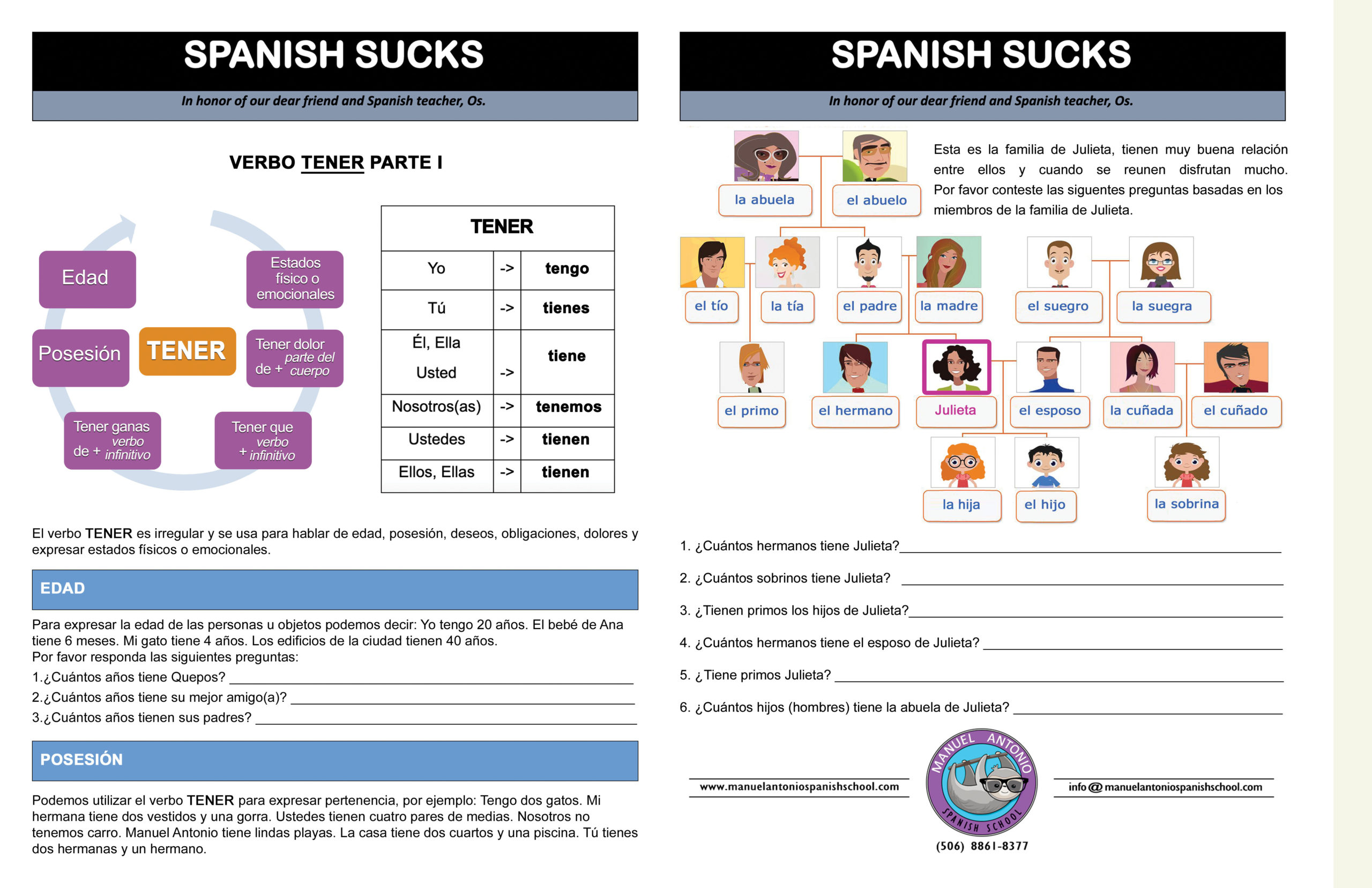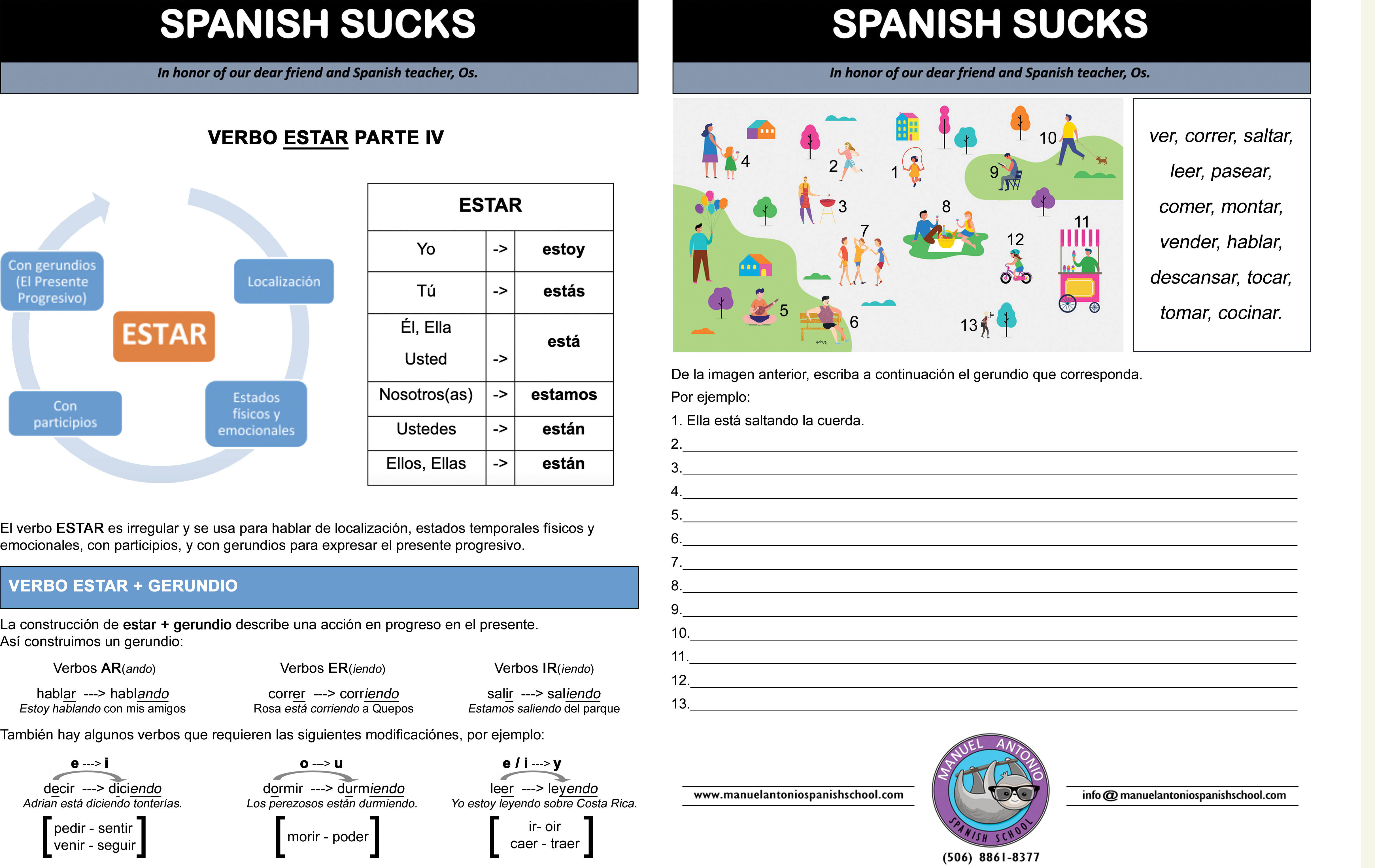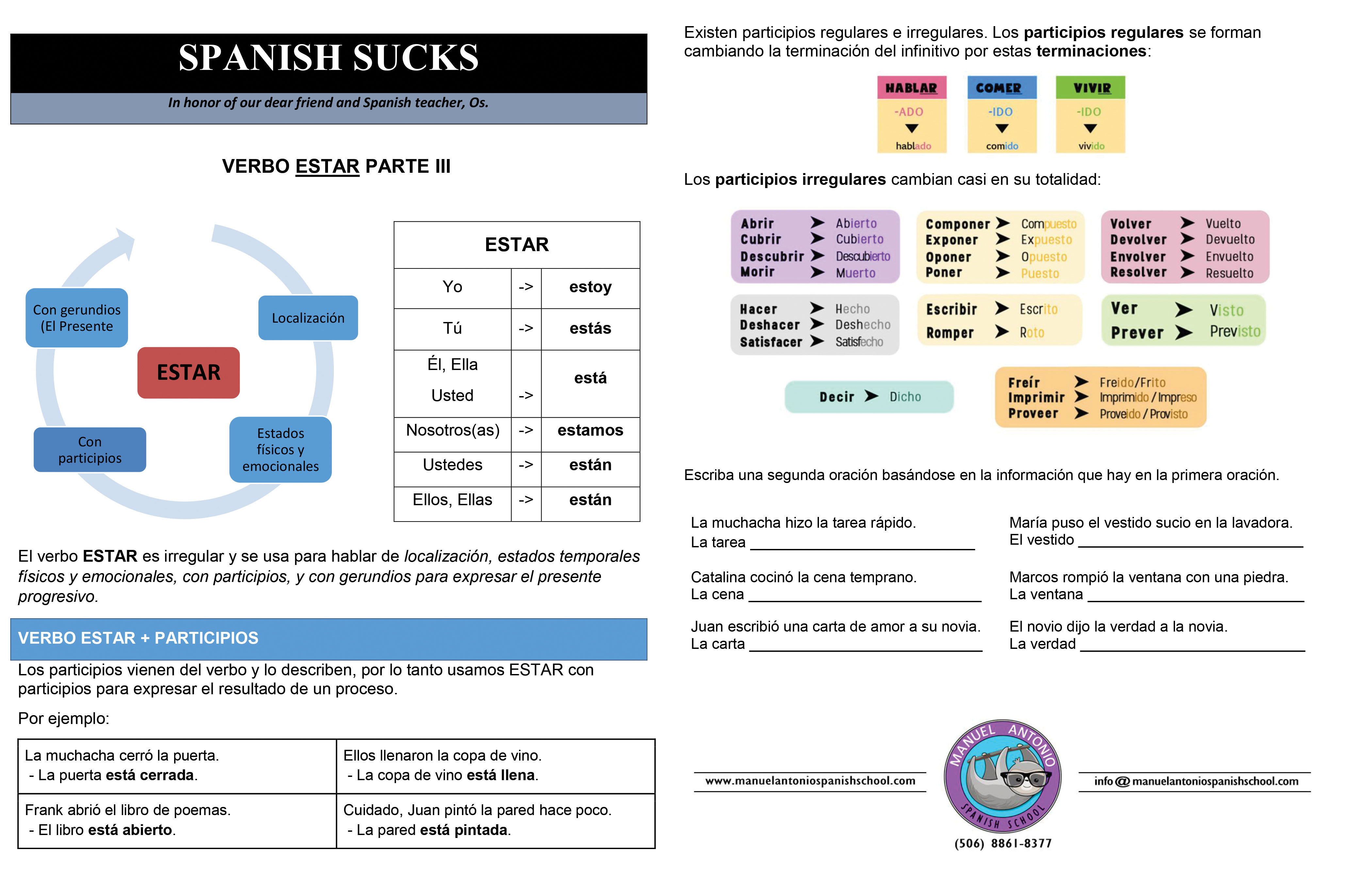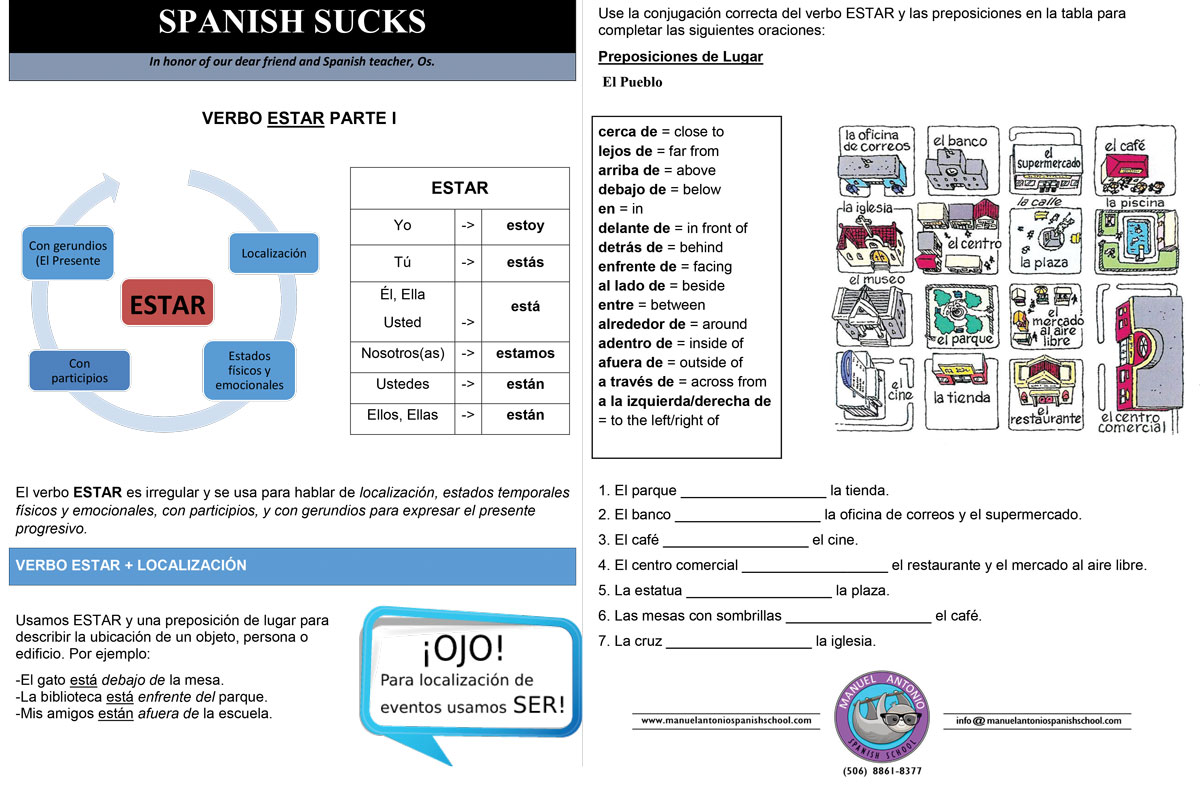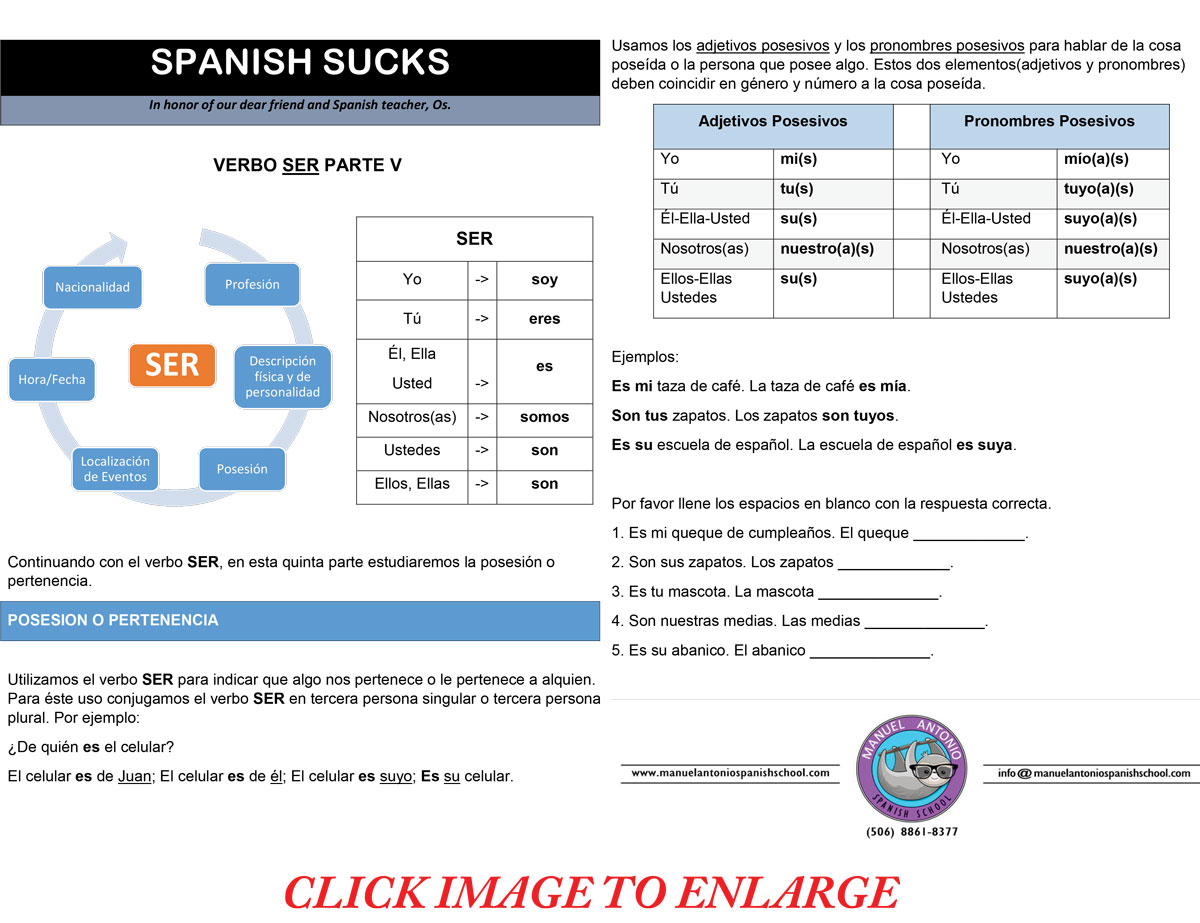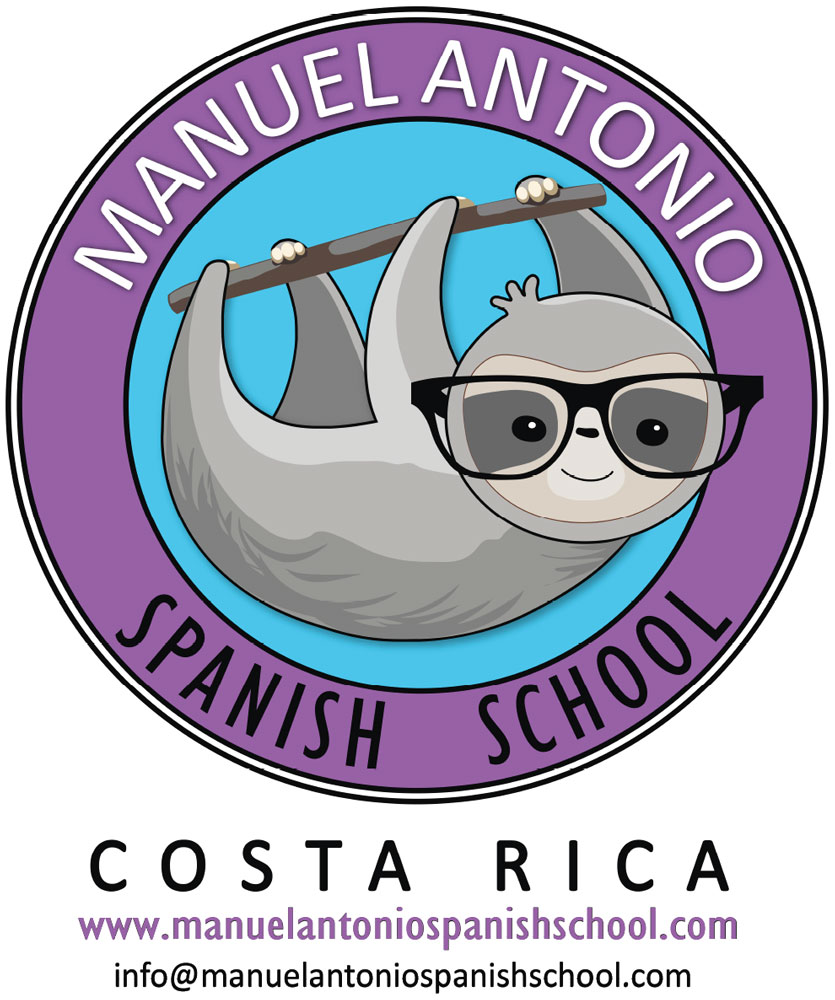Manuel Antonio Spanish School
The Best Way to Learn Spanish
By Anousha Al-Masud To quote Ludwig Wittgenstein, ‘The limits of my language are the limits of my world’. Learning a new language is like finding a new key that can help unlock doors and open up your mind, introducing you to new adventures and people along the way. With over
Read More7 Essential Items to Pack when Traveling to Costa Rica
By Rebecca Fox You’ve booked your tickets, planned your itinerary and are almost ready for your Costa Rican adventure. The only thing left to do is pack your bag. Many travelers are pleasantly surprised by the infrastructure and amenities available in Costa Rica, drinkable tap-water being a good example. There
Read MoreWhat Are the Languages Spoken in Costa Rica?
By Rebecca Fox Although Spanish, or Castellano, is the official language of Costa Rica, you can find other living languages spoken here on a daily basis. Before Spanish conquerors arrived in the early 16th century, a great variety of different languages were spoken by the indigenous population. Indigenous communities in
Read MoreThe Most Popular Attractions in Manuel Antonio and Their Low-Key Alternatives
By Anousha Al-Masud Manuel Antonio is a popular destination for a reason; the diverse wildlife, incredible beaches, and adrenaline-filled adventures are hard to beat. With so much on offer, during high season the hottest spots can get a little overcrowded. Luckily, there are still plenty of hidden gems left to
Read More
